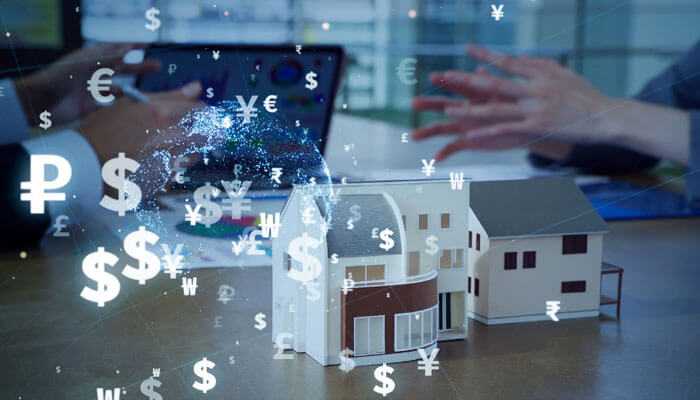Real-world assets are gaining immense popularity in the crypto and Web3 landscape. They are conventional assets that exist outside the virtual world. Every real world asset holds significant potential to reshape and transform the financial world within the Web3 ecosystem. The real-world assets offer unique investment opportunities, fractional ownership, and enhanced accessibility for all investors. The article deals with understanding tokenized real-world assets in Web3 and the effects of asset tokenization in the Web3 landscape.
What are Tokenized Real-World Assets?
They are blockchain virtual tokens that indicate traditional and physical financial assets. The highlight is that tokenized real-world assets narrow the gap between physical, traditional assets, and decentralized traits of blockchain technology. There is a broad asset category with significant value in the conventional world outside the digital ecosystem. The categorization is:
Financial Assets
They represent the ownership of financial instruments like bonds, cash, and stocks.
Tangible Assets
They represent physical items with in-built value, like precious metals, commodities, collectibles, artwork, and real estate.
The highlighting feature of real-world assets is that their value comes from their real-world aspects/elements and not virtual representation. By leveraging the benefits of blockchain technology, real-world assets transform into virtual/digital tokens. The transformation gives rise to new ownership opportunities, trade, and investments.
Blockchain Technology and Real-world Assets in Web3
Blockchain technology is the cornerstone for incorporating real-world assets into the digital or virtual ecosystem. The advanced and high-tech blockchain technology has transformed how investors represent and trade conventional assets via a process known as asset tokenization, which involves creating virtual tokens from physical assets and ensuring smooth ownership and transactions on decentralized networks/platforms. Tokenization facilitates fractional ownership of every real-world asset and enhances asset management. Tokenization unlocks the potential of real-world assets within the Web3 landscape, narrowing the gap between decentralized innovation and conventional financial activities.
Influence of Real-world Assets in Web3
The influence is significant as the potential creates a more transparent, efficient, and accessible financial ecosystem.
Democratizes Investments
Traditional or physical real-world assets like artwork and real estate have become more accessible because of tokenization. Decentralizing the assets into small tokens enables more investors to participate and improves liquidity in the trading market. It is advantageous for asset owners and investors.
Real-World Assets In Web3 Transform Conventional Markets
Real-world assets can transform the market by unlocking myriad funding opportunities for small investors. It streamlines property management with features like transparent ownership and auto rent collection. The art market benefits from enhanced liquidity and global access via asset tokenization. It fosters transparency and reduces art scams or forgery. Further, a real-world asset can revolutionize supply chain operations by enabling transparent and secure monitoring of physical items.
Improving Transparency and Security
Asset tokenization ensures that the blockchain ledger records every transaction involving real-world tokens. It enhances the transparency and security of trading in the Web3 ecosystem. Further, the security aspects of blockchain minimize fraud or unauthorized access to real-world tokens.
New Investment Scopes with Real-World Assets in Web3

Real-world assets in the Web3 landscape pave for new investment scopes or opportunities. With enhanced liquidity, fractional ownership, and creative financial instruments, like commodities, real estate tokens, and art investment funds, crypto and the Web3 platforms are flourishing. They offer diverse exposure to asset classes that were inaccessible to investors.
Examples of Real-World Assets in Web3
Art and Collectible NFTs (Non-Fungible Tokens)
Such tokens represent collectibles, digital art, and innovative items, and they have gained immense popularity in the Web 3 ecosystem. Blockchain platforms allow creators and artists to tokenize their tasks and monetize virtual assets.
Real Estate Tokens
Blockchain platforms tokenize land, commercial properties, and residential apartments. Real estate investors can buy fractions of such properties as tokens, allowing fractional liquidity and ownership in the market.
Commodities
Tokenization allows physical commodities like precious items, gold, silver, and oil to trade on blockchain platforms. It enables investors to trade such commodity assets in the digital era.
Conclusion
Real-world assets are transforming the financial ecosystem within the Web3 landscape. Every real-world asset narrows the gap between physical/traditional and decentralized innovations. Through asset tokenization and blockchain technology, real-world assets increase fractional ownership, accessibility, and investment opportunities. From unlocking new investment paths to democratizing investments and revolutionizing conventional markets, real-world assets reshape how people engage with assets in the modern era.



